I’m Sorry
Nearly a third of the global population is Christian. This includes Roman Catholics, protestants, orthodox churches, and a myriad of other denominations. Ten to twenty-five percent of the Christians in the world are unaffiliated with any church or denomination. Christianity

Recent Comments